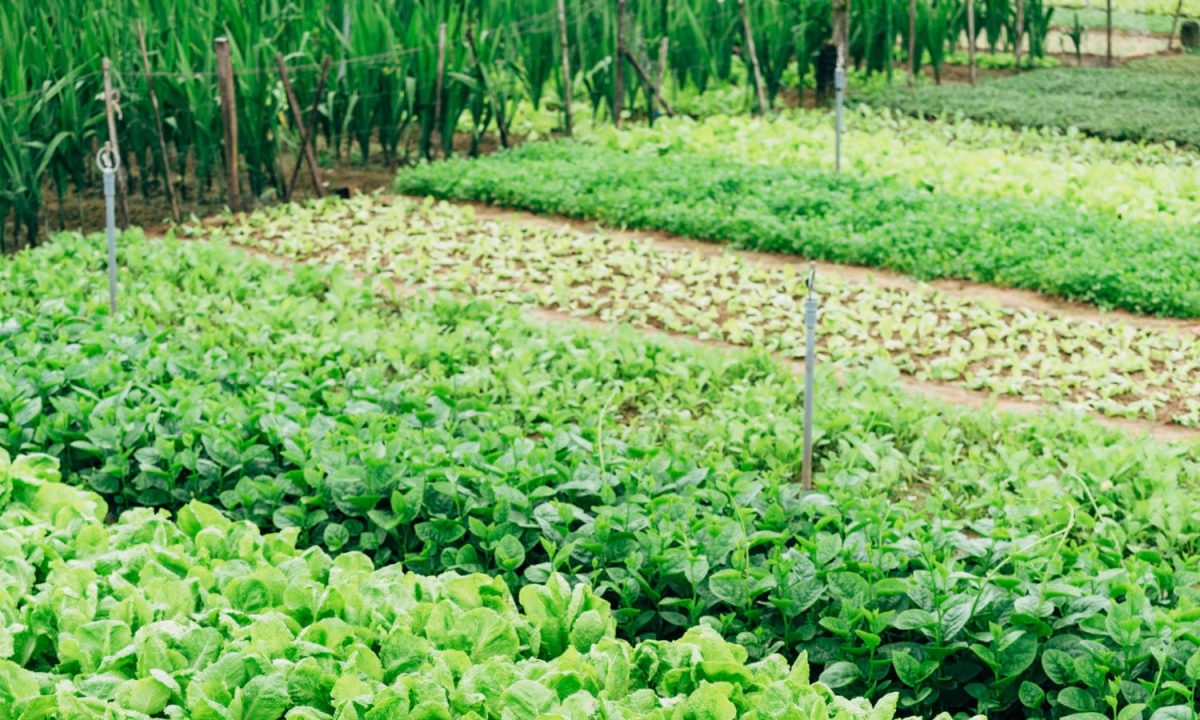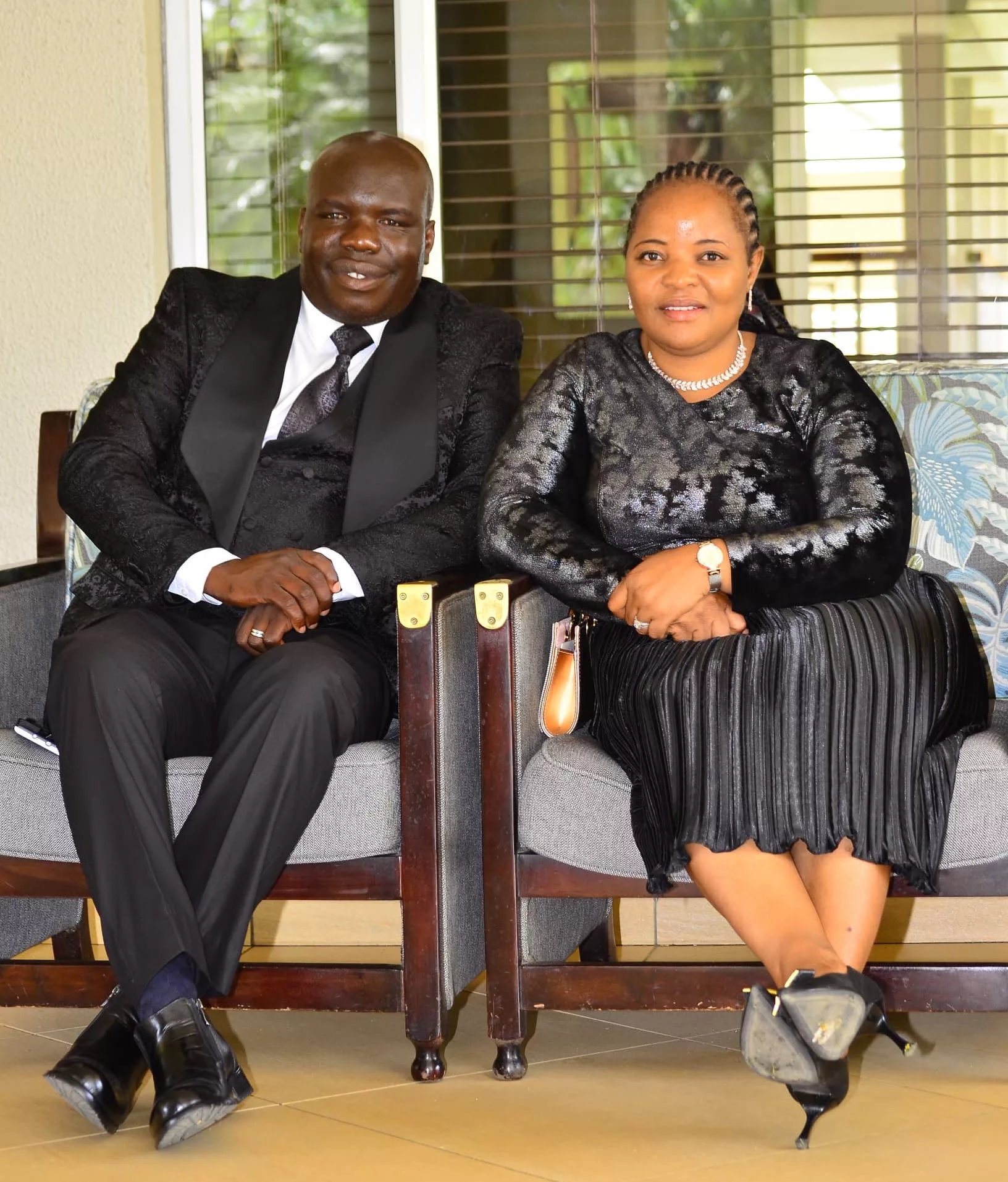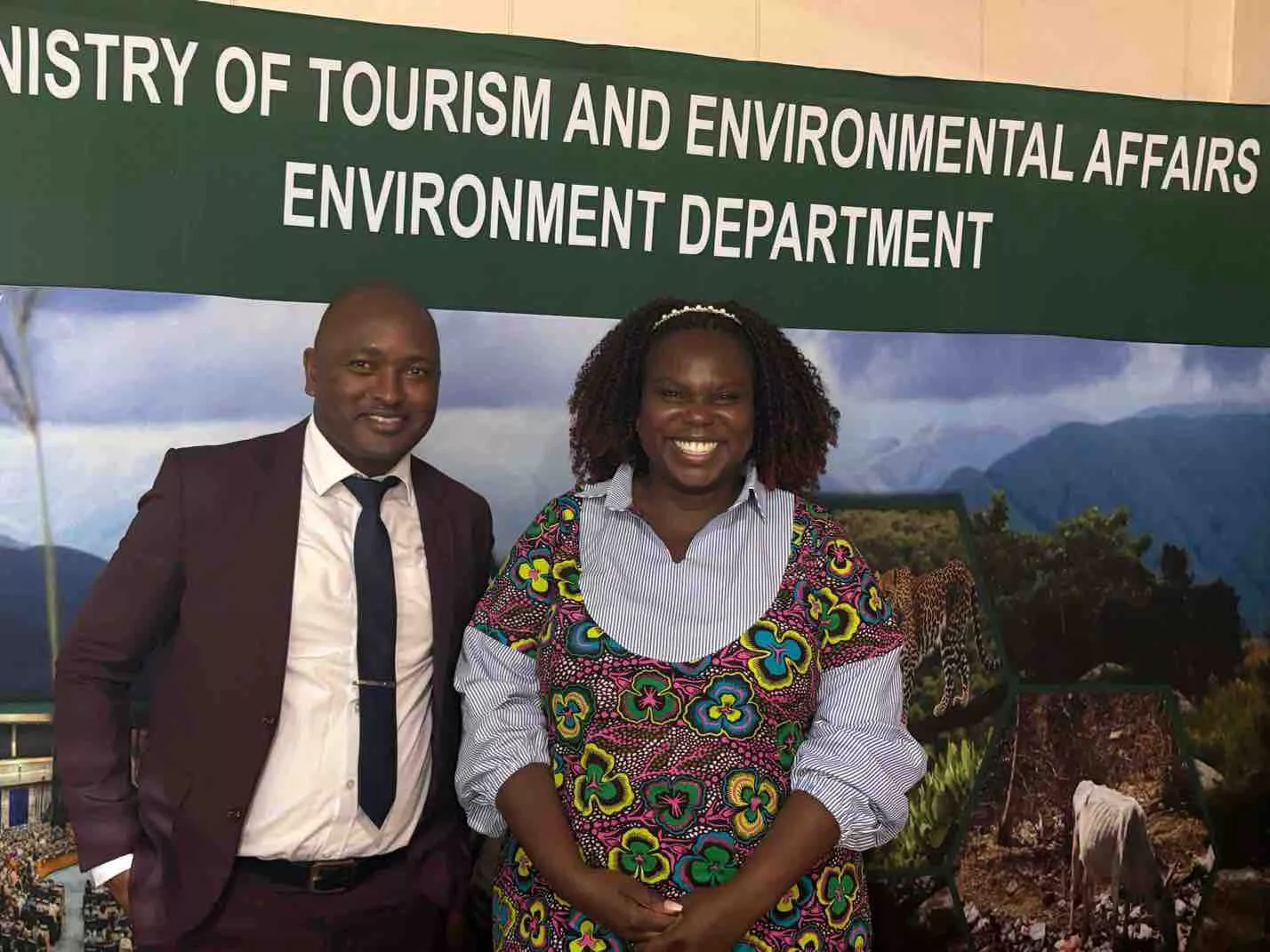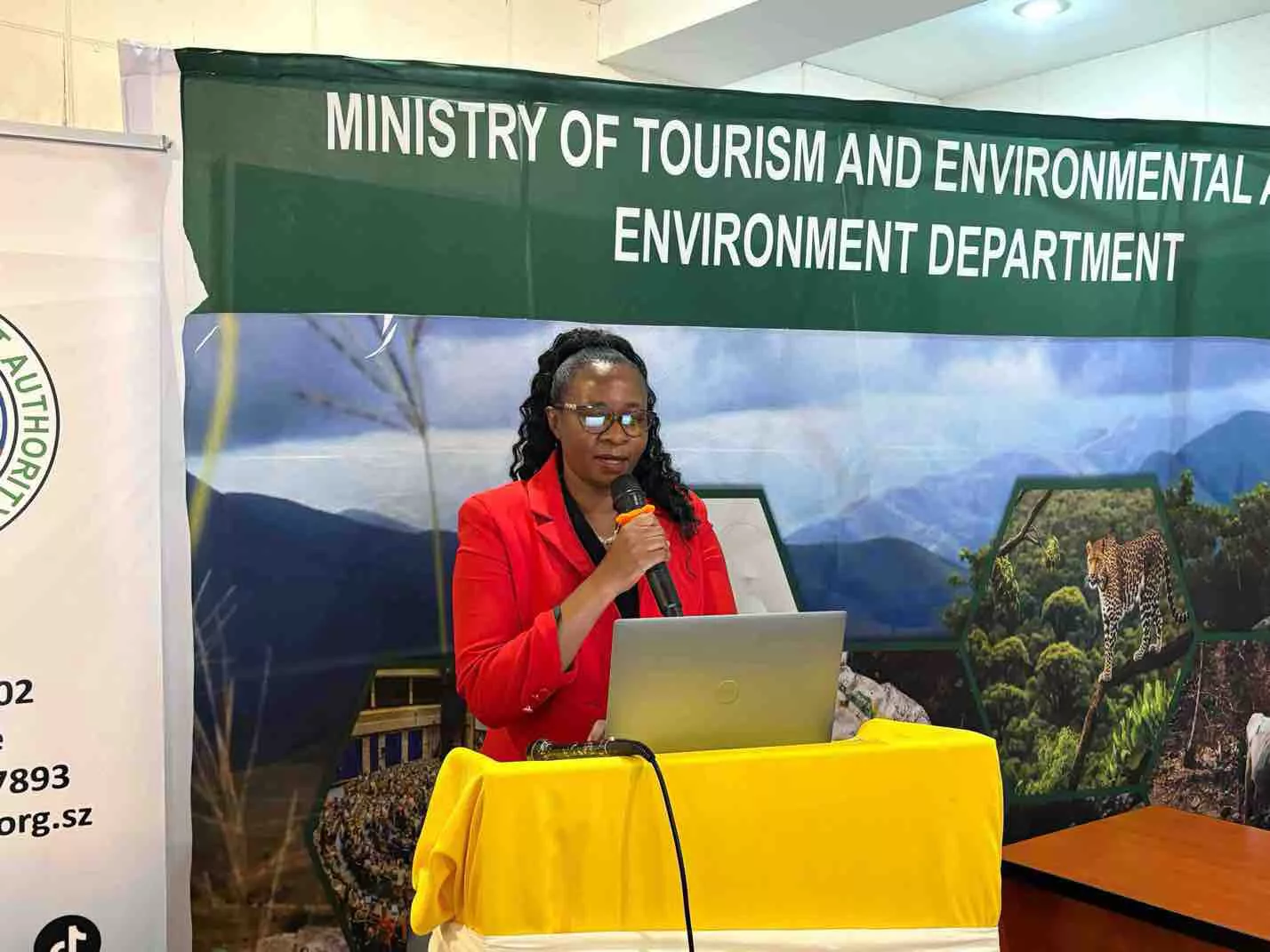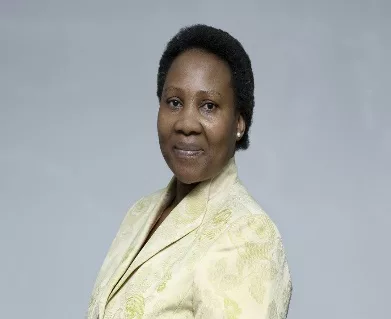By John Wilson
First, our mindset:
I keep finding myself coming back to the question of mindset. Without a change in mindset people don’t get agroecology. But more than that, even those who get it, myself included, are still stuck to some extent in what I’d call a ‘machine mindset’. That was the mindset most of us were educated in.
Again, as so often when we talk about agroecology, we come back to the question of transition. We have to shift our mindset to ‘get’ agroecology but we also have to realize that changing our mindset is an ongoing process, we have to keep shifting our mindset. It’s a long, and fascinating, journey.
Where are we then?
Fill out these ‘logical framework’ boxes and you’ll get the money. Be professional in the way you do things. Where’s the evidence for what you’re proposing? How can you get to B from A if you don’t have a clearly mapped out plan, with indicators of success along the way? Science and technology are what will bring development. Look at the developed countries. They have hybrid seeds, they are developed, so development equals hybrid seeds.
There’s nothing wrong with filling out boxes or being professional or getting evidence or making a plan; and there’s nothing inherently wrong with science and technology, and who’s to say there isn’t a place for some ‘organic’ hybrid seeds from small companies? The problem is with the mindset that keeps saying these things ever more ardently. There is no poetry, art or imagination when they are said. They are black and white, they are rational, they are objective. Just like a machine. But life is not a machine. Life is poetry, art and beauty and all those immeasurable things that don’t fit into boxes, that are not professional, that don’t go from A to B, that develop in such a complex way that we’ll never really understand them.
Tuning in to life
Agroecology is about life and restoring the beat of life to a world colonised by machines and machine-like thinking. I can’t give you evidence for this, I only hope that you can glimpse this beat of life. And I suspect that how you glimpse it will be different from how I do. As I write this, looking out of my window at the food garden I’m lucky enough to have, there’s so much life beating out there that it’s way beyond my comprehension. I don’t take mind-enhancing drugs but sometimes as I walk around my garden it feels like I imagine that might be.
There’s so much life going on that it’s overwhelming, and yet, I only get this tiny glimpse of it, the lizards scurrying away, the bees buzzing in the flowers, the spiders carrying their eggs in haste to safety, the snails making their way slowly across the path, the big centipedes, all over the place, moving a little faster than the snails, with their incredible concertina of legs flowing in a wavy rhythm of their own, curling up at a touch, and the birds singing from every tree, a symphony that happens each early morning, and to a lesser extent throughout the day – and yet, all this is but a tiny part of the life that’s going on, most of it happening underground. Life, given a chance, beats incessantly, everywhere. The complexity of it is as difficult for us to grasp as the concept of infinity. We can only learn to tune in.
As I interact with it, as a food grower, I must try to join that beat, dance with it as best I can. I suspect that my dancing will always be very clumsy. I can use my knowledge gained from many sources, including from science, but if I try and impose that knowledge too much and try to control things too much, I will lose the beat of the dance. I will no longer be in any kind of harmony. Agroecology is as much an art, a craft, a cultural celebration, as a science. Science can give us hints of what life is about, it can help us dance better perhaps, a little more harmoniously, but that’s all. Science can’t teach us how to dance. Traditional wisdom often recognized the dance of life. Western science, filled with hubris, thinks it can manage life. It can’t, it never will.
Until we can rigorously cultivate and multiply this fresh, new mindset, which can learn much from indigenous mindsets, I fear that we’ll keep falling back to the machine mindset, the professional, box-ridden mindset that is intent on control. I think we need to look freshly at the way we do everything. Certainly I recognise that need for myself.
For example, we know we have to grow crops differently from the monocrops of chemical, conventional agriculture. But do we know that we must learn to mix 12, 15, 20 different species? How do we actually do this? We know we need resources to support the (re)-learning that is needed everywhere, but how are those resources provided? Will they help or hinder? If they are provided in ‘boxes’, will they help restore life effectively to communities and ecosystems? Or will they unrealistically hinder, so that the on-the-toes, responsive kind of work that’s needed, becomes a dull plod.
We know that evidence will be useful to help us learn how to do things better but evidence will never convince people to dance with Nature. What kind of evidence do we need? How do avoid falling into an evidence trap framed by the machine-like mind? I believe that the shift to an agroecological mindset will not come from evidence, it will come from somewhere else, from deep within our psyche, our gut, our dreams, our sense of what makes sense. How can we provide evidence for life? It’s there already in the way Nature works, endless evidence. Our bigger task is learning how to (re-) tune into life, not finding evidence for whether we should be tuning in or not.
For me, above all, agroecology is a movement, a movement to enhance life, where all involved are learning to dance with life. By all means, let’s do things that we plan to do, and document them, and learn and share but let’s not forget to keep dancing. If we put our all planning, doing, documenting, learning and sharing into boxes and stop dancing, we’ll continue on the same path, we’ll never make the transformations needed. We’ll march like soldiers, and continue going to war with life. How do we dance with communities, for example? How do we dance as a movement? Instead of marching?
Western science:
Personally, I think Western science is a great tool, it has given us many useful technologies but as the saying goes ‘our weaknesses are often simply extensions of our strengths’. It has also made huge mistakes, such as its promotion of soil-destroying conventional agriculture that now seriously threatens our future. We undoubtedly need this science and technology as we go forward, but we need to shift things substantially so that this serves us in the dance of life and doesn’t lead us by the collar, as it has done for the last 100 years and still does today.
We don’t dance to the beat of life today because we’re obsessed with these new ‘gods’, science and technology. And in this I believe we’re doing science and technology a disservice, ironically. We’re not enabling science and technology to help us live abundant lives in a fair and just world. Instead, science and technology are being used to enrich a tiny number of people at the expense of countless others.
The logic of economic science brings us capitalism and the free market. This in turn brings us monocrop fields where we take no account of what we’re doing to the soil, concentrated animal feed lots that make perfect sense according to this predominant economic logic, but are certainly not common sense, unlimited use of oil without ever thinking what burning that oil would do, and destruction of ecosystem after ecosystem across the planet, to give a few examples. This logic says if it’s profitable it’s okay. There’s no point discussing and debating small changes to this, moving from the right wing of Trump to the centrist view of Biden, for example. In terms of its treatment of life it’s not much different, however repulsive you may find Trump compared to Biden – look at who Biden has appointed as his Agriculture secretary, Tom Vilsack. They all operate within the frame of the same mindset. It’s that mindset that has to change. As we go into 2021, let’s help each other change that mindset and gradually move more towards the mindset that dances to the beat of life. That’s where I see the evolving practice of agroecology.
What are some of our priorities?
If the agroecology movement is going to transform food, water and farming systems, this means a very big change from what’s there now. I’m not really seeing that happening enough across our continent. I see encouraging signs in terms of a growing interest in agroecology, often based on the recognition of the shortcomings of conventional ‘green revolution’ agriculture and failed food systems. And the advocacy work is gaining some traction. But I see a couple of areas that need lots more attention if we are going to gain much more traction for the transformation that we are talking about:
1. Citizens’ organisations/set ups:
I believe we haven’t paid and are not paying enough attention to the strengthening of citizens’ organisations (formal or informal set ups). By citizens’ organisations I mean those that are set up, run and owned by citizens, be they farmers or eaters (consumers). These are set ups that do not depend on external funding to keep going. They may at times get funding for a ‘project’ or infrastructure development, for example, but they don’t need the funding to keep going. They will keep doing things without external funding. I don’t have any problem with local NGOs that are doing good work, using external funding. They have a key role to play. (I’m not at all convinced about international, implementing NGOs – they may have had a role at one stage but their ongoing presence often tends to undermine the strengthening of local civil society). Where I am a little critical of some local NGOs is that they don’t pay enough attention to strengthening citizens’ organisations. I believe that this could partly be due to the nature of the funding and an obsession, quite often prioritized by donors, on delivering pre-ordained projects in a fast-changing, complex context.
Looking ahead, I believe that this is an area we’ve got to give a lot of attention. And we must avoid the ‘machine-like’ approaches of the past where we design projects that include setting up farmers’ organisations, for example, and we have targets of so many organisations by such and such a date (those logical framework boxes again!). I’ve often commented on how Africa is littered with the skeletons of NG0-created farmers’ organisations. I’ve seen it on my many trips over the years to different places on the continent. Just as in our management of ecosystems we have to learnt to ‘dance’ with social situations. Development, growth and spread of farmers’ organisations that keep going is a very organic thing, driven by particular contexts.
The other big area we need to learn to work creatively in, facilitating and catalysing, is eaters’/consumers’ action groups. This could be action in a number of areas: advocacy towards food sovereignty, linking more directly with farmers, setting up markets/shops or supporting existing informal markets/marketing, learning and education around nutrition and the political economy of the current food and farming systems, own food production however small, processing and more. There is much going on all over the continent. How can this be strengthened more, in a strategic and creative way, especially given the growing awareness around nutrition.
2. Innovations around practice:
I’m a part-time, very average, small-scale food grower for home use (i.e not doing it commercially at all). And have been for 45 years, sometimes more active, sometimes less so. Due to the COVID restrictions and not being able to travel, which I was doing a lot for the last 20 – 25 years, I’ve been able to do a bit more than usual. I guess I’ve learnt a thing or two over the years and so not quite a beginner. But I do still feel very much a novice, especially as the critical importance of biodiversity has become apparent to soil health, as well as the pivotal role of maximising the magical function of photosynthesis – it’s not just ‘healthy soil makes healthy plants’ but also, very much, ‘healthy plants make healthy soil’.
How does one actually achieve multi-species cropping in a practical way? Of course, it’s possible and some advanced agroecology farmers are showing the way, but there’s much to learn. And that learning needs lots of innovation and experimentation. Small-scale farmers, especially those more on the edge of survival, can’t afford to experiment too much. That’s why I believe NGOs must take a lead in this kind of experimenting. And they can do this with innovative farmers, who are out there aplenty if only we’d look more. Some people, like those involved with Prolinnova, are looking.
One could call this R and D (research and development) in more conventional terms. Where is the R and D in our work? This is a critical aspect in a small company. We need it too. It is there to some extent. I see it when I visit organisations, but not nearly enough. As I said to some organisations recently, who’s going to take the lead, for example, in developing appropriate use of biofertilizers, bio-innoculants and bio-stimulants if you aren’t? I hope that funders will allow the flexibility in their boxes for this to happen. It would be nice to think that we could turn to publicly funded research for this but the CG organisations are mostly stuck on climate smart agriculture and many national research institutions across Africa are very strapped for funds.
As we look ahead, let’s bring this R and D work much more into what we do. We can do it in many ways. I’m wracking my brain these days on this issue of multi-species cropping and so I’m going to call a meeting this year to bring enthusiasts together around this topic. One thing we’ll discuss is exactly how people did their mixed cropping in traditional systems. My old mindset dismissed that years ago as being ‘nice for then’ but not really applicable now. Now I realize that in fact we can learn a lot more than we thought from those systems. We may do it differently today, we are in different times with different needs, but nevertheless we can learn from those traditional mixed cropping systems. They developed within their own climates and topographies over centuries. There’s undoubtedly lots of wisdom we can gain from them.
I imagine that we’ll also discuss a range of possibilities and then agree who’s going to try what, on small patches, learning patches, R and D patches. And we’ll write down what happens, as it happens. For example, I’m trying some mixed cropping this year and I’m seeing how one has to mix sunflowers sparingly into the mixes as it’s quite a dominant crop. We’ll take photos at different stages. We’ll keep sharing, we’ll meet again during the dry season in 2022 and take it further forward. We’ll be a small band of growers doing our own citizen R and D. We’ll share with others who are interested, encourage those who can to start doing their own….I believe there are many ways we can bring this kind of ongoing innovative and learning work more into what we’re doing.
Fuelling our imaginations:
Turning to a final hobby horse of mine: It sometimes feels like technology has stunted our imaginations. Given a chance, imagination reaches to the sky, it soars with possibilities, it’s steeped in energy. I believe that only when we learn to imagine with zest and stamina again will we begin to help make the transformations that are needed everywhere. These days, I often see people bound by what’s not possible, tied up in chains. Imagination can release those chains and take us to where we thought we couldn’t go.
What if, in five years’ time, you returned to that degraded landscape that you visited last year, and found springs and streams and rivers running with clear, clean water? What if a young woman, born in the heart of that landscape, took you around and showed you all the things they’d been doing to restore the landscape, told you about how they’d overcome lots of difficulties by continuing to keep alive their imagination of a healthy, vibrant landscape, beating with life and abundance? And also told you that they’d only just begun their journey towards an ever-improving landscape?
What if, in ten years’ time, you visited the old shopping area you used to go to and found all the supermarkets gone and an array of small shops and market stalls selling a huge diversity of produce. They reminded you of the markets of the past but you could see that they had been upgraded and supported. There was a sparkle to them, they were clean and hygienic, you could see great pride in them from the stallholders and small shop owners.
What if, in 12 years’ time, you visited your old primary school in the rural area that you grew up in and found the place that used to be largely bare ground, swept clean, with a few trees dotted around, and you found a forest of food. No more bare ground except on the clearly defined pathways, a riot of diversity, over 300 edible species on the last count, small livestock integrated. Your tour guide is Chipo. She is 11 and can explain everything to you about how the school is designed and why. As you go around there are a number of classes taking place outside under trees in the fresh air, celebrating life.
What if, in 20 years’ time, you visited Matobo district, known for being very dry, in the middle of the rainy season, where when you were last there much of the ground was baked hard under struggling mopane trees, and now you find abundant grass everywhere, communities herding their livestock according to a flexible plan, community-owned abattoirs processing their meat, stories of streams and rivers starting to run again. The myth that grass doesn’t grow under mopane trees long since gone.
What if ‘what if’ replaced ‘what is’ as the dominant perspective in people’s minds, not forgetting ‘what is’, but not being bound by it.
I believe that we’ll only start making significant changes towards any of these ‘what ifs’ if we start to cultivate a very different mindset. I know I still have a long way to go in this, I’m on a journey, learning every day, catching myself caught up in the old mindset time after time. But each time I catch myself I believe I undermine the old mindset and open up the new a little more.


